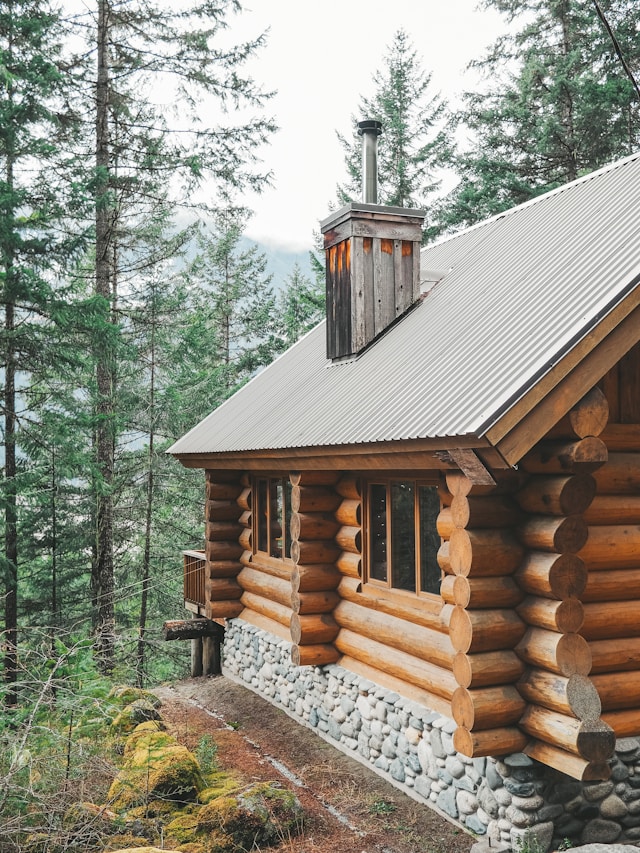Small Space Living:
How to Create a Cozy Retreat in Urban Areas
Small space living can refer to any small living arrangement, from a tiny home to a studio apartment or even a mobile home.
In cities like Boston, where the price per square foot is high for renters, homebuyers, and vacation home enthusiasts, many people are looking for smaller options to save money.
Let's look at some small living options and ways to make them cozy and snug.
Explore Your Options
Whether you're looking to buy or rent a small place, you have more options than you think.
Tiny Homes
Tiny homes were all the rage a few years ago, and although their popularity dwindled a little bit, functional small houses are still popular among single people, couples, and retirees who chose to downsize.
Although the tiniest tiny homes are as small as 100 sq ft, these dwellings go up to 400 or 500 sq ft, which is not nearly as small for a single person or a couple.
Small Apartments
Boston is full of studios, one-bedrooms, and bachelor pads, and for many people, the proximity of urban conveniences is more than enough to compensate for the smaller space.
Depending on your lifestyle, you can easily fit into a small apartment with careful planning and savvy design.
Year-Round Cabins
Nothing says cozy like a rustic wooden home with all the comforts of a modern house. You can find different-sized park model homes for sale at lower prices compared to conventional homes.
These prefab homes are made of logs with all modern amenities and can be hauled to your plot in Boston as a permanent small home, or nearby in the forests of Worcester County if you're looking for a nature retreat.

Design
A small place can feel spacious, comfy, and quite enough with the right design choices, so we bring you a few basic rules.
Storage
What worries most people with small living spaces is the stuff. There's always more of it than we think, so there's nothing more important to make a small space cozy than storage and decluttering. Here are some key tips:
- Utilize vertical storage spaces such as high shelves or hooks.
- Use hidden storage options, such as storage ottomans or spaces under beds and stairs.
- Get organizers to make the best use of available space.
Light
Strategically placed lighting can visually expand a tiny space. While a single, big overhead light is something many people already avoid, there are more tricks to improve your space:
- Incorporate lights into shelving or place them behind furniture
- Use several sources, from overhead to wall and table lamps
- Don't be afraid to use accent pieces
Zones
Creating designated places such as reading nooks, sleeping areas, or work areas can improve the functionality of your tiny space, but also leave an impression of a well-used, larger area. Here's how what you can use to do it:
- Different rugs for different areas
- Lighting for each task, e.g., desk lamps and dining area lights
- Sectioning off spaces with shelving, furniture, or curtains
Proportions
While bulky furniture can look good if it's a carefully placed accent piece, it is generally better to get furniture proportionate to the rest of the room:
- Low seating areas help the room look higher
- Pathways should be clear, or the place will look crowded
- Large artwork on the walls actually helps
- Leave some empty space
Colors
The rule of thumb is to keep the colors light and neutral in small spaces while maintaining a single palette throughout the space.
A largely monochromatic look can make the space appear larger, but that doesn't mean it should look uniform and boring. Your space can gain visual interest through textures and patterns that fit in the same palette.